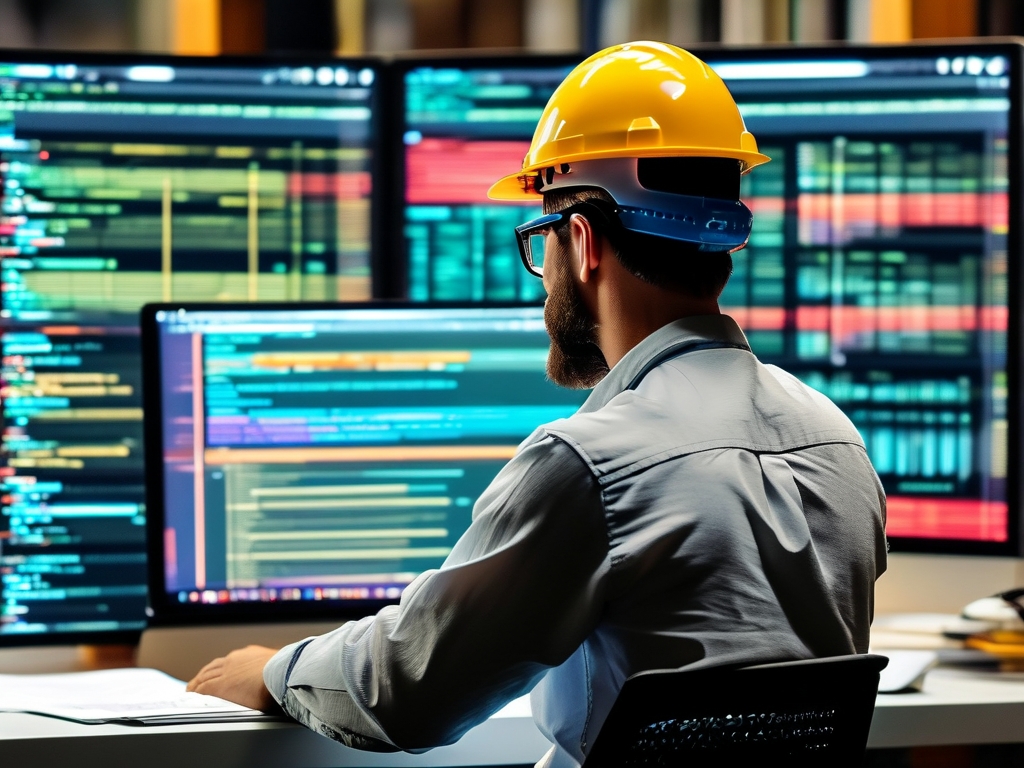The construction industry has long been associated with labor-intensive processes, but advancements in automation are reshaping traditional practices. Among these innovations, robotic wall plastering technology stands out as a game-changer, offering unparalleled precision, efficiency, and cost-effectiveness. This article explores the transformative advantages of this technology and its implications for the future of construction.

1. Enhanced Precision and Consistency
Human workers, despite their skill, are prone to fatigue and variability in output. Robotic wall plastering systems eliminate these inconsistencies by leveraging advanced sensors and programmable algorithms. These robots apply plaster with millimeter-level accuracy, ensuring uniform thickness across surfaces. For example, a study by the International Journal of Construction Management found that robotic systems reduced plastering defects by 92% compared to manual methods. This precision is particularly critical for large-scale projects like commercial buildings or high-rise apartments, where even minor imperfections can escalate into costly rework.
2. Dramatic Time Savings
Time efficiency is a cornerstone of robotic plastering. Traditional plastering requires multiple stages: mixing materials, manual application, drying, and inspection. Robots streamline this process by integrating material delivery, application, and quality checks into a single workflow. A single robotic unit can plaster up to 1,000 square meters per day—a task that would take a team of five workers three days to complete. This acceleration not only meets tight deadlines but also reduces labor dependency, a significant advantage in regions facing skilled labor shortages.
3. Cost Reduction and Waste Minimization
While the initial investment in robotic systems may seem high, the long-term savings are substantial. Labor costs account for nearly 60% of traditional plastering expenses, according to a 2023 report by Construction Robotics Magazine. By automating the process, companies reduce reliance on human workers and minimize overtime payments. Additionally, robots optimize material usage through precise application, cutting waste by up to 30%. This aligns with sustainable construction practices, as less material ends up in landfills.
4. Improved Worker Safety
Plastering involves repetitive motions, exposure to dust, and working at heights—all of which pose health risks. Robotic systems mitigate these hazards by handling the most dangerous tasks. For instance, drones equipped with plastering tools can access high or confined spaces without endangering workers. This shift not only protects human labor but also reduces liability costs for construction firms. A case study from a Tokyo-based construction company reported a 75% drop in onsite injuries after adopting robotic plastering.
5. Scalability and Adaptability
Modern robotic plastering systems are designed for versatility. They can be programmed to handle diverse surfaces, from curved walls to irregular geometries, which are challenging for manual labor. Some models even feature AI-driven learning capabilities, allowing them to adapt to new environments without extensive reprogramming. This scalability makes the technology suitable for projects of all sizes, from residential renovations to infrastructure megaprojects.
6. Sustainability Benefits
Beyond waste reduction, robotic plastering supports eco-friendly construction. Many systems use water-based or low-VOC (volatile organic compound) materials, reducing environmental impact. Furthermore, the energy efficiency of robotic units—often powered by renewable energy sources—lowers the carbon footprint of construction activities. These features align with global certifications like LEED and BREEAM, enhancing a project’s marketability.
7. Future Outlook and Industry Adoption
The adoption of robotic plastering is accelerating globally. Countries like Germany, Japan, and the UAE have integrated these systems into national infrastructure initiatives. Startups and established firms alike are investing in R&D to enhance robotic mobility, material compatibility, and user interfaces. As the technology becomes more accessible, even small and medium-sized enterprises are expected to embrace automation.
Robotic wall plastering technology is not merely a trend but a fundamental shift in construction methodology. By delivering precision, speed, safety, and sustainability, it addresses longstanding industry challenges while paving the way for smarter, more efficient building practices. As adoption grows, stakeholders who leverage this innovation will gain a competitive edge in an increasingly dynamic market.


